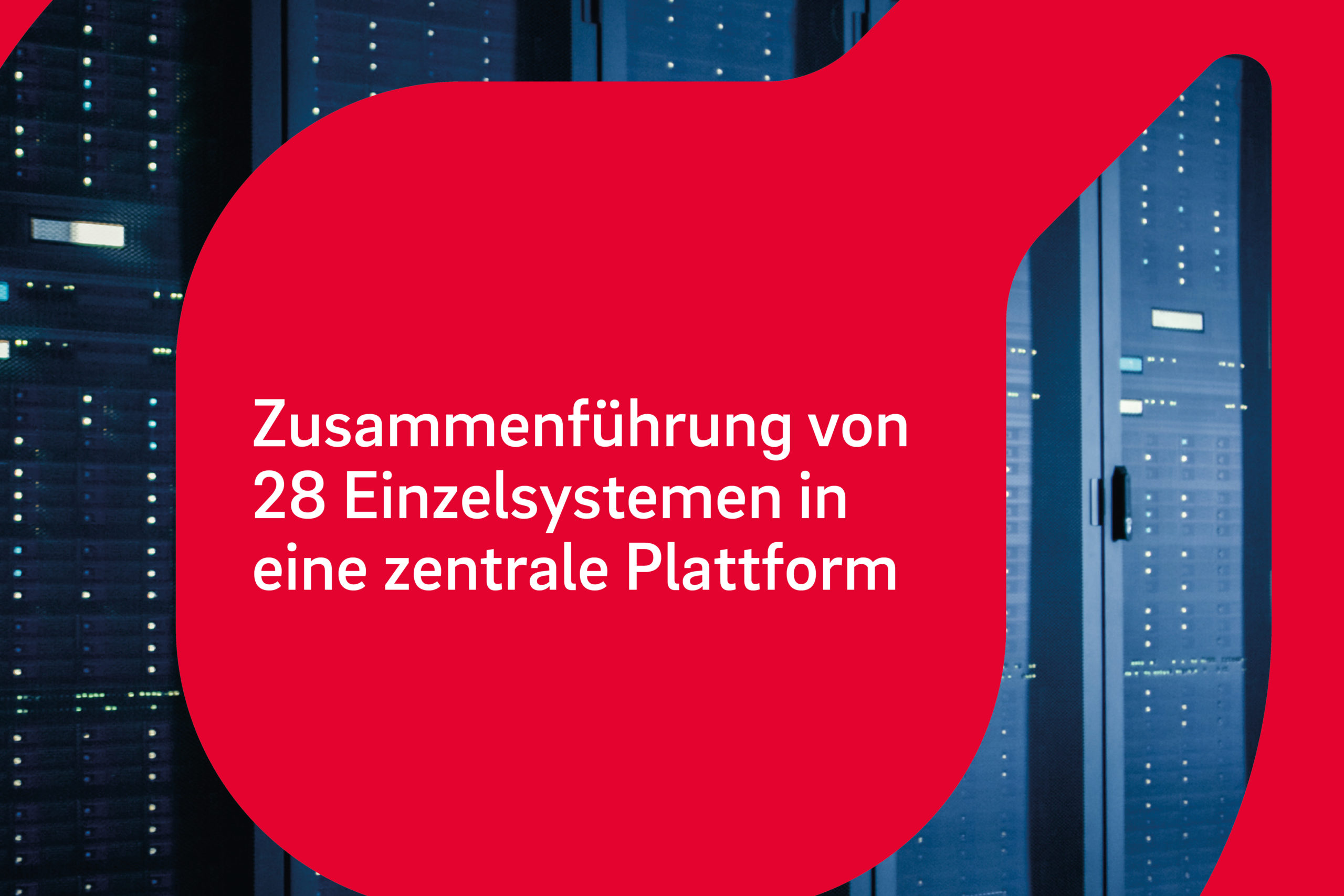zEN – centralized post-incident processing

STARTING POINT AND PROJECT MOTIVATION
Multiple systems, complex organizational structures, time-consuming software rollouts and diverse hardware platforms
In the past, the ELDIS Management Suite (EMS) was used uniformly throughout Bavaria for deployment reporting and staffing purposes and for the recording of state-wide fire department statistics. Until now, each of the 26 integrated control centers (ILS) and the fire department operations center for the district of Munich (FEZ) operated their own EMS systems individually. An additional EMS system – in this case a training system – was installed at the Geretsried State Fire School (SFSG).
To generate statewide fire department statistics at the – figuratively speaking – push of a button despite decentralized technology, excerpts of statistical data from the 26 ILSs and the FEZ were transferred via the EMS system network to a separate EMS system at the SFSG – the so-called central statistics system. In addition, standardized statewide master data, such as key performance indicators, were transmitted back to the local EMS systems. For the transfer of excerpts of incident data from the eurofunk Incident Management System ELDIS 3 BY to the EMS Incident Postprocessing System, an interface was implemented in the 26 integrated control centers and the FEZ. Although the Bavarian State Ministry of the Interior, Sport and Integration (StMI) provided a uniform software license for all local EMS systems, responsibility lay with the respective system operators.
In recent years, this decentralized structure became increasingly difficult to manage. Not only did each of the 27 systems have its own administrator, the rollout of new software versions and patches was also complex and time-consuming which led to the problem of having to maintain different versions of the software over longer periods. As the license holder, the StMI therefore decided in 2018, in close consultation with stakeholders to integrate the individual EMS systems into a central platform, which would be hosted technically at the Bavarian datacenter (IT-Dienstleistungszentrum, abbreviated to IT-DLZ) and operated by the licensee. Following detailed planning by the StMI in collaboration with eurofunk, the StMI finally awarded the contract for the implementation of the Centralized Deployment Post-processing (zEN) project to the IT-DLZ and eurofunk in September 2019.
THE SOLUTION
System topology, data consolidation, operation in IT-DLZ, new interface concept (ORCA), migration to new eurofunk Management Suite
The project not only required the merging of data from the decentralized systems into a consolidated central data set, the eMS software also had to be able handle the expected increase in data (approx. 20 times that of a previous ILS) in order to guarantee high-performance. By way of example, we have fed the zEN system with over 20,000 active users and about 12,600 different entities and institutions resulting in 2.9 million incident reports, for which over 70 million entries are to be kept in an existing database table.
In addition to the many software adjustments needed for centralization, a comprehensive change request package was also commissioned which included numerous user requests and suggestions stemming from the previous system as well as a new modern front end to meet the requirements of the European Union for barrier-free information technology and DIN SPEC 91379 (support of extensive special characters), as well as the fulfillment of the latest IT security requirements.
To meet requirements for a central productive system and a comprehensive training and test system, a topologically identical training system as well as a test and release system was set up in the IT DLZ system parallel to the productive system.
In addition, the automatic transfer of mission data from the incident management systems of the ILS to the (later central) eMS incident post-processing had to be guaranteed. For this purpose, a central Operation Report Core Application (ORCA) web service was created on the IT DLZ system, to which the ILS and the EPZs transfer their deployment data. This central ORCA service is also capable of forwarding incoming mission data to the production, training and/or test systems on an individual basis within ZEN without requiring any adjustments on the sender side.
PROJECT
Project phases, migration process, challenges, successes
Due to its complexity and scope, the project was divided into three phases. Centralization was carried out in phase one for which an elaborate choreography was required. The eMS system network was deactivated at the End of October 2021 in order to compile the future data of the zEN based on that of the central statistics system. Subsequently, the decentralized systems were taken out of operation in coordination with all users and technical consultants (voluntary system administrators at the district level) in order to be able to merge all decentralized data with the zEN system. The process was completed two weeks later and the zEN was put into operation for a trial run by the specialist consultants. For communication between the StMI and eurofunk with the specialist consultants (117 people) during the trial operation, eurofunk provided a kind of social media communications platform. This was used extensively and successfully by the IT consultants for – among other things – internal communications. After successful completion of both the trial operation and a penetration test by the State Office for Information Security (LSI) , the centralization with as-built functionalities was completed on schedule at the end of November.
In the subsequent project phase II, software change requests for end users were implemented in several installments.
Slated for the end of 2022, the final phase III will bring this demanding project to a close with a webservice for incident report supplementation.
We would like to express our sincere thanks to those involved in the project and hope that all users will enjoy the new zEN!


